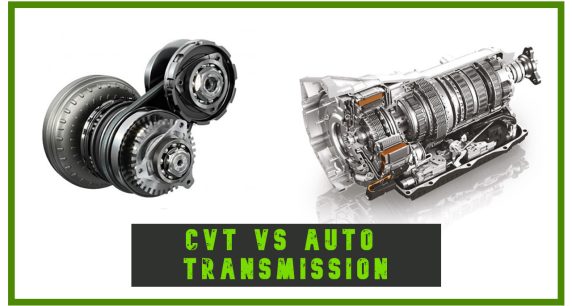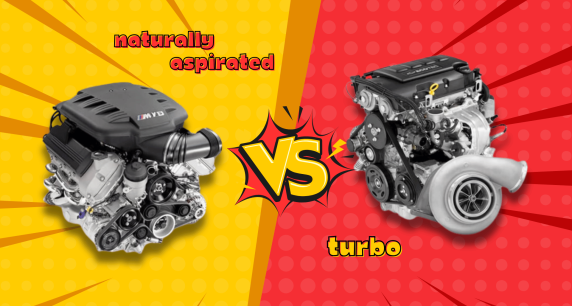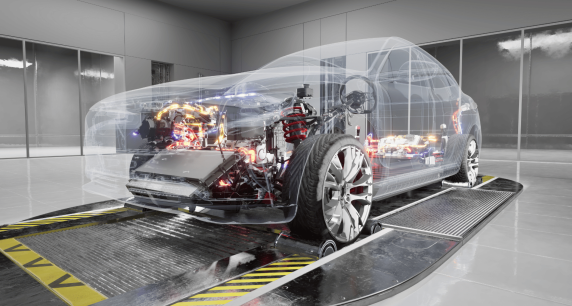Differences of CVT & Auto transmission

CVT Transmission (Continuously Variable Transmission): CVT is a type of transmission system that can provide an infinite number of gear ratios, allowing the engine to operate at its most efficient RPM range. Instead of using fixed gears like a traditional transmission, a CVT uses a belt or chain connected to two variable-sized pulleys.
Key Features of CVT Transmission:
- Pulley System: CVTs utilize a pair of variable-sized pulleys connected by a belt or chain. By changing the effective diameter of the pulleys, the transmission can continuously adjust the gear ratio to match the driving conditions.
- Smooth Acceleration: Due to the continuous variation of gear ratios, CVTs provide smooth acceleration without the interruption of gear shifts. The engine can operate at its optimal RPM, resulting in improved fuel efficiency.
- Efficiency: CVTs optimize the power output of the engine by keeping it in the most efficient RPM range for a given driving condition. This can lead to better fuel economy compared to traditional automatic transmissions.
- Simulated Shifts: Some CVTs are designed to simulate gear shifts by momentarily altering the pulley ratios or introducing stepped gear ratios. This is done to provide a more familiar driving feel for those accustomed to traditional transmissions.
- Compact and Lightweight: CVTs typically have fewer components compared to traditional automatic transmissions, making them more compact and lightweight. This can contribute to improved vehicle efficiency and packaging.
Auto Transmission (Automatic Transmission): Automatic transmission is a type of transmission system used in vehicles that can automatically change gears without the need for manual shifting. It utilizes a combination of gears, hydraulic systems, and torque converters to transfer power from the engine to the wheels.
Key Features of Auto Transmission:
- Gear Shifting: Automatic transmissions use a complex arrangement of gears and clutches to provide different gear ratios according to the vehicle’s speed and load.
- Torque Converter: Auto transmissions incorporate a torque converter, which allows the engine to stay running even when the vehicle is at a standstill. It uses fluid coupling to transmit power between the engine and the transmission.
- Hydraulic Control: Automatic transmissions employ hydraulic systems to control the engagement of clutches and the shifting of gears. Hydraulic pressure is generated by a pump to actuate the various components within the transmission.
- Shift Points: The transmission’s electronic control unit (ECU) monitors various parameters, such as vehicle speed, engine load, and driver input, to determine the optimal shift points for smooth gear changes.
- Driving Modes: Some automatic transmissions offer different driving modes, such as Sport mode or manual mode, which allow the driver to have more control over gear selection and shifting.
Both types of transmission have their own advantages and disadvantages, selection of best suitable transmission would depend on a variety of factors such as, fuel efficiency standard, vehicle application, driving preference, manufacturer design choices. Nissan has widely adopted the use of CVT into their passenger vehicle models, BMW has incorporated the 8hp automatic transmission widely across their model lineup, different drivetrain setup caters to specific desire.



